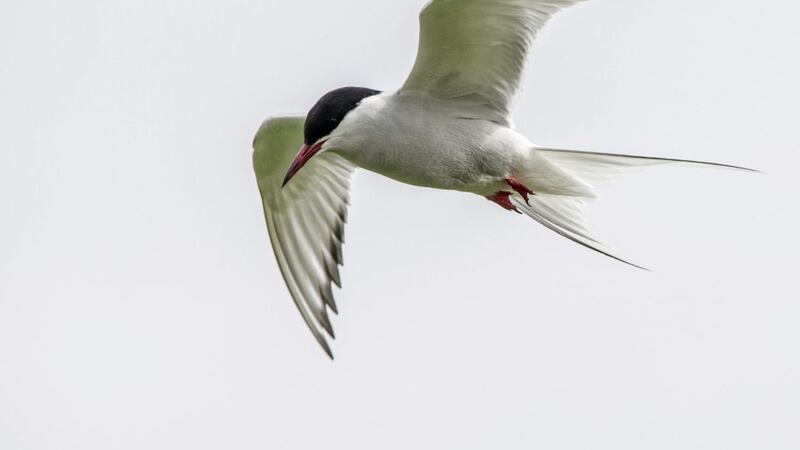A RECENT visit to Dublin got me thinking how we take for granted the process of getting from one place to another. Whether our journey is to work, for leisure or some other purpose, we walk, drive, get on a bus or airplane to reach our destination with relative ease.
In the distant past our ancestors used the position of the sun, moon and stars to guide them on their journeys. They also drew on their knowledge and memory of local landmarks such as hills, valleys and the orientation of rivers to help them chart important routes. The patterns of bird movement would also have assisted those early inhabitants in creating mental maps of their environment.
In the natural world, birds and animals regularly demonstrate their capacity to migrate long distances over land and sea. Driven mostly by seasonal change, the breeding urge and food availability, they integrate different cues to position themselves and navigate effectively.
These include learning landmarks in their environment, sensing direction from the Earth’s magnetic field and using the sun, moon and stars. Wild animals use these methods to produce internal maps to get them where they need to be.
The migration of Arctic terns is by far the longest migration of any known animal. The birds fly from their Arctic breeding grounds to the Antarctic and back again each year, the shortest route being 12,000 miles.
Arctic terns also breed on Irish coasts during the summer and on some freshwater lakes inland. Research from Newcastle University in 2016 revealed the longest migration ever recorded by a tern which left its breeding grounds on the Farne Islands off Northumberland in July 2015 and returned in May the following year, clocking up 59,650 miles, more than twice the circumference of the planet.
The bird, fitted with a geolocator tag, flew down the west coast of Africa, rounded the Cape of Good Hope, South Africa, into the Indian Ocean and arrived in Antarctica in November. It completed its mammoth migration flying north the following spring.
Other animals too make remarkable migration journeys,with whales, dragonflies and turtles all known to travel long distances. We also know about Atlantic salmon and their return migration as adults from the ocean to the natal rivers where they were born and even, with uncanny precision, to the very spawning grounds of their birth.
Advances in navigational aids have enabled us to move beyond the use of compasses and maps to give us information on positions. Satellite Navigation, (Sat Nav) using the Global Positioning System (GPS) provides us with accurate directional information.
Back to that Dublin trip, when I used my car ‘satnav’ on entering the city. With traffic congestion and roadworks affecting routes, the satnav kept repeating instructions leading me around in circles. On the third occasion of going nowhere, I abandoned the automated voice, looked up for notable landmarks and engaged my memory to create a mental map of the city.
I used the Liffey and the Spire rising from O’Connell Street to orient myself and guide me towards Trinity College, from where I was able to drive closer to my destination.
Ignoring instructions and garbled street pronunciations from my friend, I followed my own ‘cognitive’ map of familiar places, restaurants, shops and bars which finally led me to my hotel. With renewed faith in my ability to problem solve without the aid of technology, I pulled up, only to hear the automated voice call out, with a tone expecting gratitude, "You have reached your destination."
My reply is not printable on this page.








